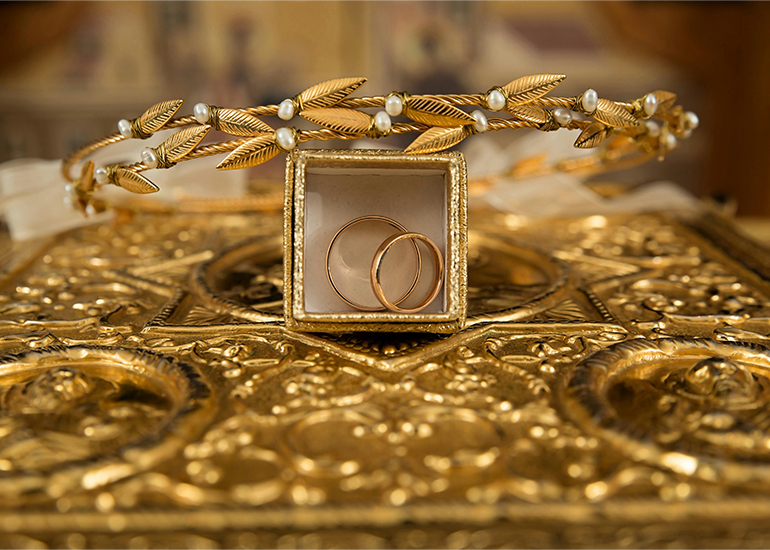
10 Decemeber
What Goes Into Pricing a Piece of Jewellery?
Ever wondered why two pieces of jewellery that look similar can have wildly different price tags? The truth is, there's so much more to pricing jewellery than meets the eye. From raw materials to craftsmanship, every piece carries a unique story—and that story plays a big role in its value.
1. 🪙 Materials Used
The type, quality, and quantity of materials are the biggest factors in pricing.
- Metals: Gold (14k, 18k, or 24k), sterling silver, platinum, and rose gold all vary in cost. Higher karat gold or rare metals like platinum naturally come at a premium.
- Gemstones: Diamonds, sapphires, rubies, emeralds, and other precious stones add significant value. Factors like clarity, cut, carat, and color (the 4 Cs) all impact the price.
- Alternatives: Lab-grown diamonds, moissanite, or semi-precious stones are more affordable options but still affect pricing depending on size and quality.
2.Craftsmanship & Labor
Handmade jewellery often costs more — and for good reason.
- Handcrafted vs. Machine-Made:Artisan-made pieces require time, skill, and precision. You're paying for the jeweller’s expertise, attention to detail, and hours of work.
- Custom Design: A one-of-a-kind design made just for you involves consultation, design work, and sometimes multiple revisions before the final product is created.
- Country of Manufacture: Labour costs vary depending on where the jewellery is made — pieces made in countries with higher wages often reflect that in the price.
3. Design & Brand Value
Not all jewellery is priced just for the materials — the design concept and brand name matter, too.
- Original Design: Unique or innovative pieces, especially those designed by notable artists or designers, command higher prices.
- Brand Reputation: High-end brands like Cartier, Tiffany & Co., or local luxury designers charge more due to their reputation, heritage, and perceived prestige.
- Limited Editions: Limited-run or exclusive collections can be priced higher simply because they’re rare.
4. Packaging, Certification & Extras
It’s not just the piece itself — what comes with it adds to the cost.
- Luxury Packaging: High-quality boxes, polishing cloths, and branded wrapping add to presentation and cost.
- Certification: Diamonds and other precious stones may come with a certificate (like GIA or IGI), verifying their quality and authenticity — a cost that’s included in the final price.
- Warranty or Repairs: Some retailers include guarantees, cleaning services, or repairs, which are factored into the price.
5. Retail Markup
Jewellery retailers have to cover operating costs like rent, staff, marketing, and logistics — all of which are reflected in the final price.
- Boutique Stores vs. Big Chains: Independent designers may have lower overhead, but offer bespoke service. Larger chains may mass-produce items but still have big markup due to branding.
- Online vs. In-Store: Online retailers can sometimes offer lower prices due to fewer operational costs — but you may miss out on the in-person experience and services.
4. Market Trends & Demand
Like fashion, jewellery prices can be influenced by trends and market conditions.
- Metal Prices: Gold, silver, and platinum prices fluctuate in the global market — which directly affects retail prices.
- Seasonal Demand: Engagement ring prices may rise during peak proposal seasons (hello, Valentine’s Day).
- Design Trends: Styles that are in high demand (e.g., chunky chains, vintage settings, or minimal gold hoops) can see a bump in price simply because they're trending.
 India
India
 United Arab Emirates
United Arab Emirates


 App Store
App Store
 Play Store
Play Store
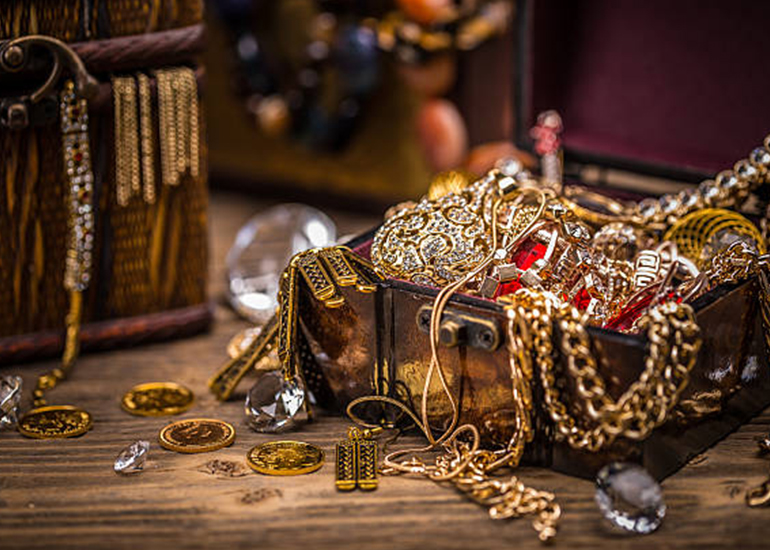
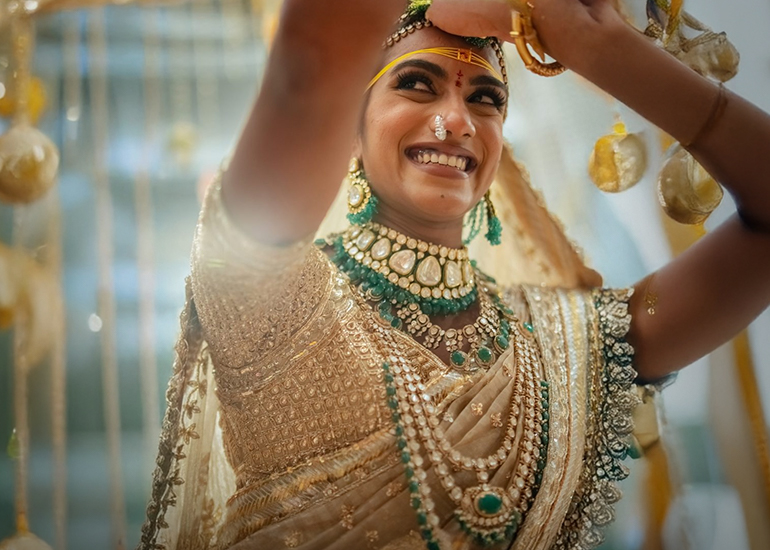
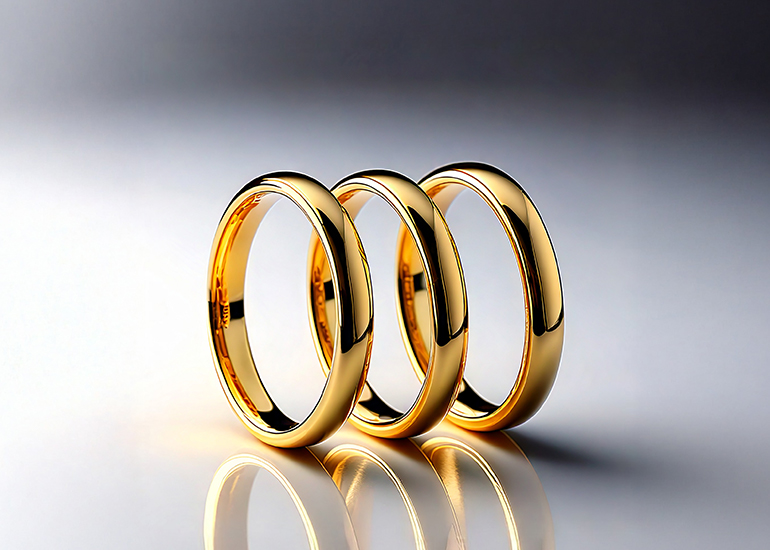
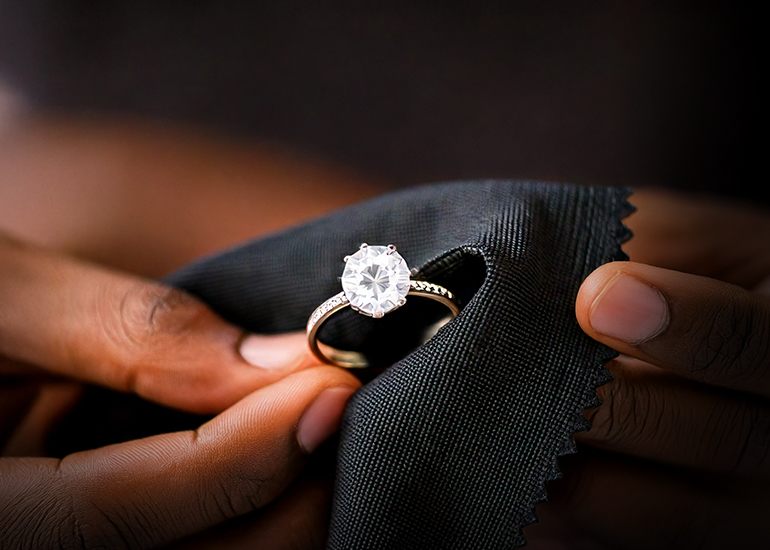
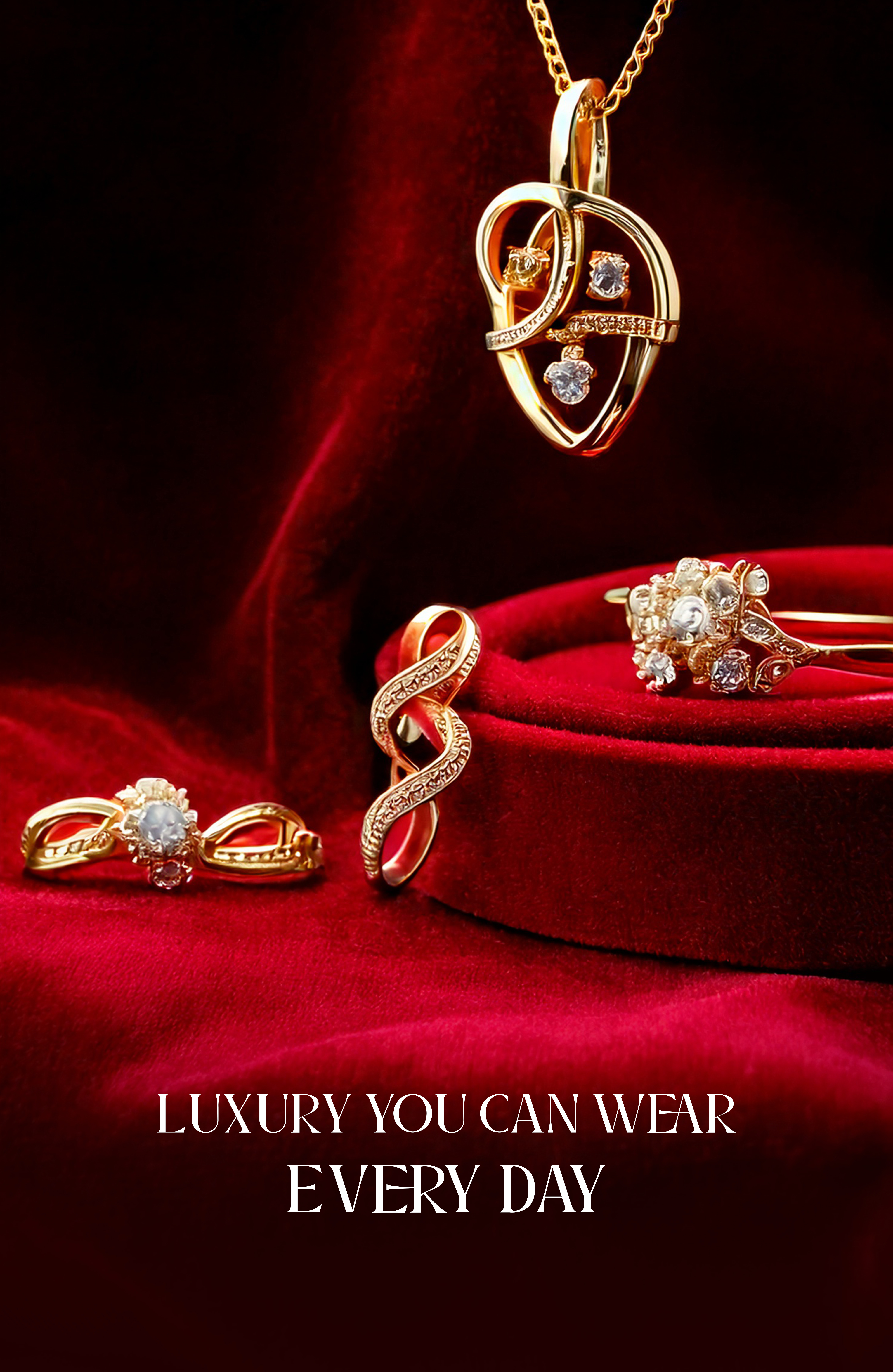
Leave a Comments
Your email address will not be published. Required fields are marked *